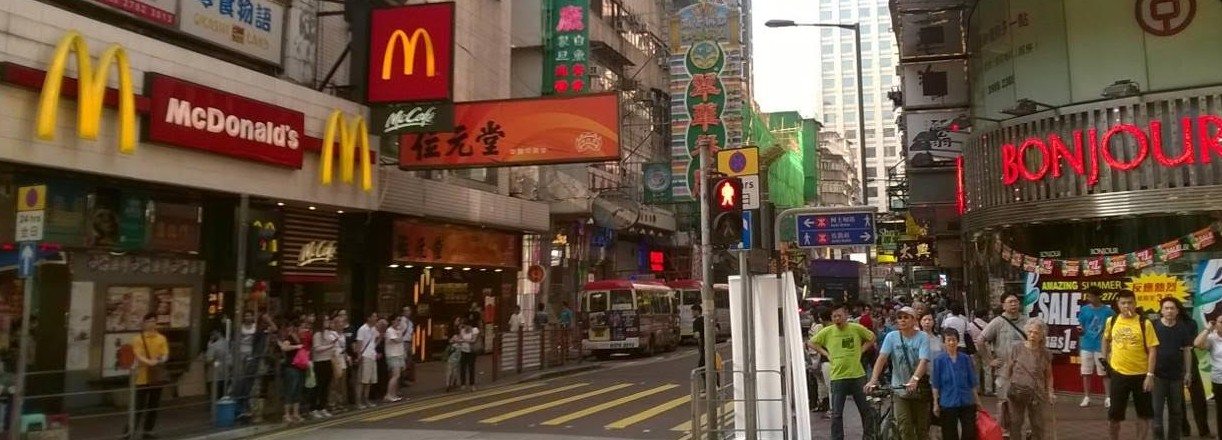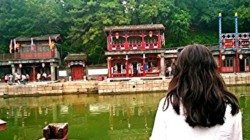How tourism is ruining our travel experience
Tourism connects the world. We are sharing cultures, breaking down barriers, and bringing money to the countries that need it most. However, as travellers we are not treading lightly enough, and the world’s most treasured places have long been feeling the impact.
So how does this happen? First comes the demand. When we visit somewhere beautiful we want to make sure all our friends know about it. All it takes is a few selfies, a post on Facebook, and some good old-fashioned word-of-mouth. It appears on a travel blog, it pops up on Lonely Planet, and then it’s a downhill slope from there. Once there is demand, you can bet that supply won’t be far behind. In the wake of the tourists will come the locals with money on their minds. Beach huts give way to resorts and street food becomes KFC. Globalisation extends its tentacles around the neck of the country, and as tourists we must take our share of the blame. We flock to another destination, take pictures and “get cultured.” We use it up, and throw it away again, as casually as last night’s soggy leftovers. We are literally loving places to death.
We flock to another destination, take pictures and “get cultured.” We use it up, and throw it away again, as casually as last night’s soggy leftovers. We are literally loving places to death.
Thailand is a country transformed by tourism. It is most famous for Bangkok, and Bangkok is most famous for Khao-San Road. This place, which was once a charming local food market, is now the centre of the backpacking universe. The air is thick with pollution, and the ground is thick with subways and sex shops. It is the gullet of Thailand. A place which people pass through on their way to somewhere better; they pause only to drink dodgy alcohol, see a ping-pong show, eat a spider, and move on asap, feeling thoroughly repulsed with themselves. (OK, yes I have done all of these things, and I’m not proud of it.) It is a strange amalgamation of East meets West, a place where statues of Buddha stand side-by-side with Ronald McDonald, and where toothless Thai grandmas will sell you noodles and a sex show. This is Khao-San road, and it is a culmination of all the ways in which tourism has ruined Thailand.
It is a strange amalgamation of East meets West, a place where statues of Buddha stand side by side with Ronald McDonald, and where toothless Thai grandmas will sell you noodles and a sex show.
However, times move fast. We now realise that Thailand is less of a cultural mecca, and more of an Eastern-Magaluf, and the eyes of tourists seek out new places. After the fall of the Khmer regime in 1993 Cambodia opened its borders to foreigners, and by 2004 the number of tourists in Cambodia shot up by 50.5%. Suddenly the industry was booming, and among the travelling community it was dubbed as “The New Thailand.” Cambodia’s biggest treasures are the Sandstone Temples of Angkor Wat. This Ancient kingdom has survived centuries of suffocation by an aggressive jungle, and years of violent attack from the Khmer Rouge, but now the claws of tourism are eroding at its integrity. Upon visiting Angkor Wat, it was immediately obvious to me that this place had lost much of its arcane grandeur. In the early morning haze, I watched another batch of tourists lumped outside its gates. Buses were lined up like sardines, and birdsong was drowned out by tour guides who were loudly vying for business. While desperately trying to absorb some kind of history from its ancient walls, my view was swallowed up by the flashing of cameras, and the waving of yellow tour flags. It wasn’t even peak time. It was 4am.
In the early morning haze, I watched another batch of tourists be lumped outside its gates. Buses were lined up like sardines, and birdsong was drowned out by tour guides who were loudly vying for business.
But like I said, times change, and Cambodia is already being forgotten as the jewel of SE Asia. In its place, Myanmar, the country formerly known as Burma has been creeping its way onto the world’s stage. In 2011, after years of militant rule, the country opened it borders, re-joining the international community. By 2012, this fresh faced nation gained 1 million tourists, and by 2015, 4 million. When I first entered into the new Myanmar, I saw a country with no Wi-Fi, no western food, no hotels, and only a handful of English speakers. It had all the mystery, intrigue and Asian magic that Thailand once possessed some 50 years ago, and whispers amongst travellers were all the same “Get in there before all the tourists ruin it” Hypocritical? Absolutely. Now, in 2016, Yangon (Myanmar’s capital) has opened its very first Dunkin Donuts, so you kind of see what they mean.
I paint a fairly bleak picture, but it’s not all bad. The tourism industry brings in wealth, creates jobs, opens our minds, and changes lives. It breaks down cultural and social barriers and connects people from all over the world. However, we must be conscious that the world’s most beautiful places are drowning in the sea of business and commercialism, and our generation may be the only people to witness the last handful of truly untouched destinations in all their natural beauty.


Comments